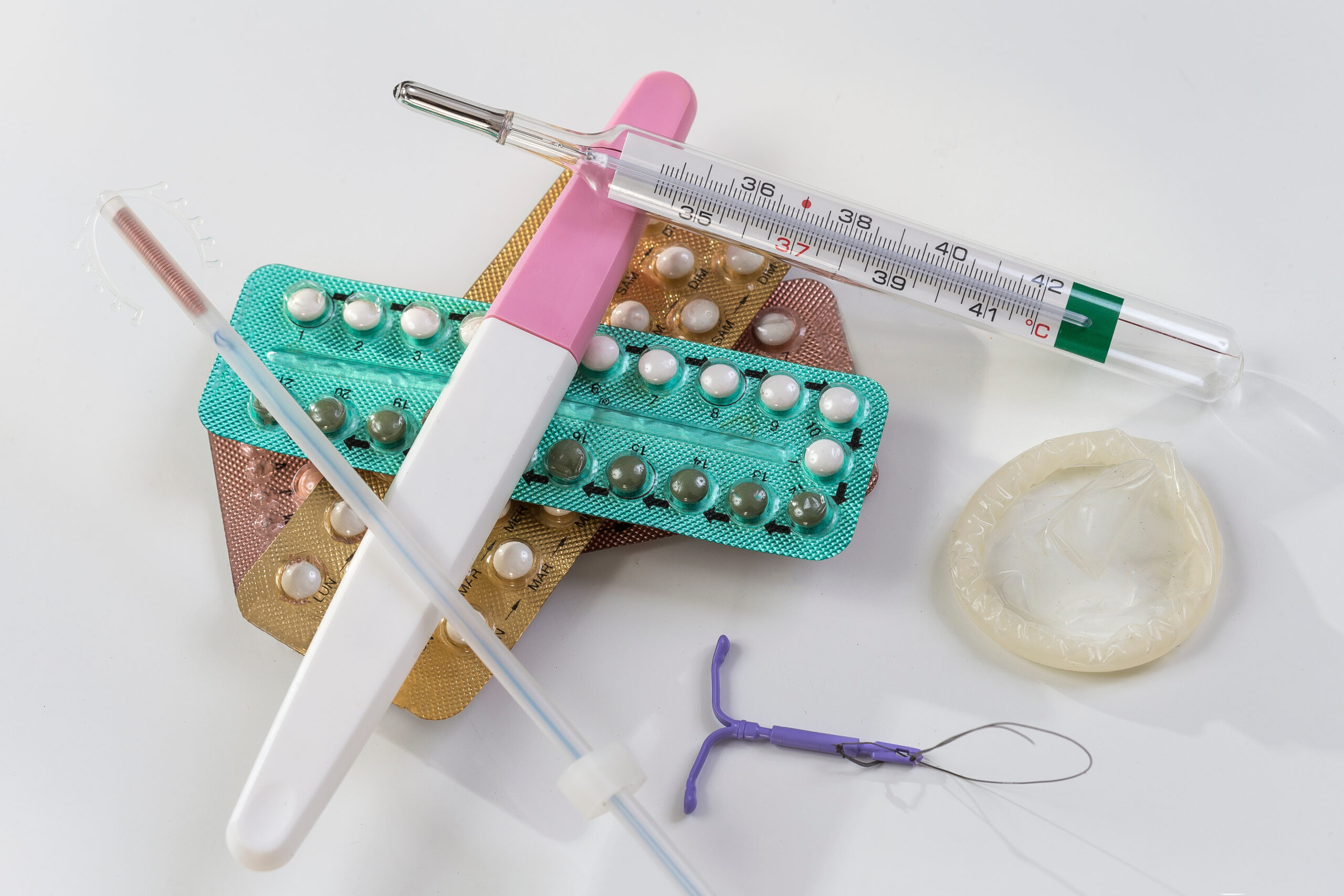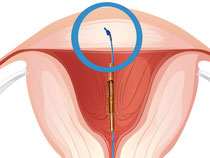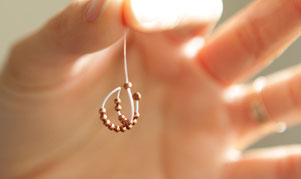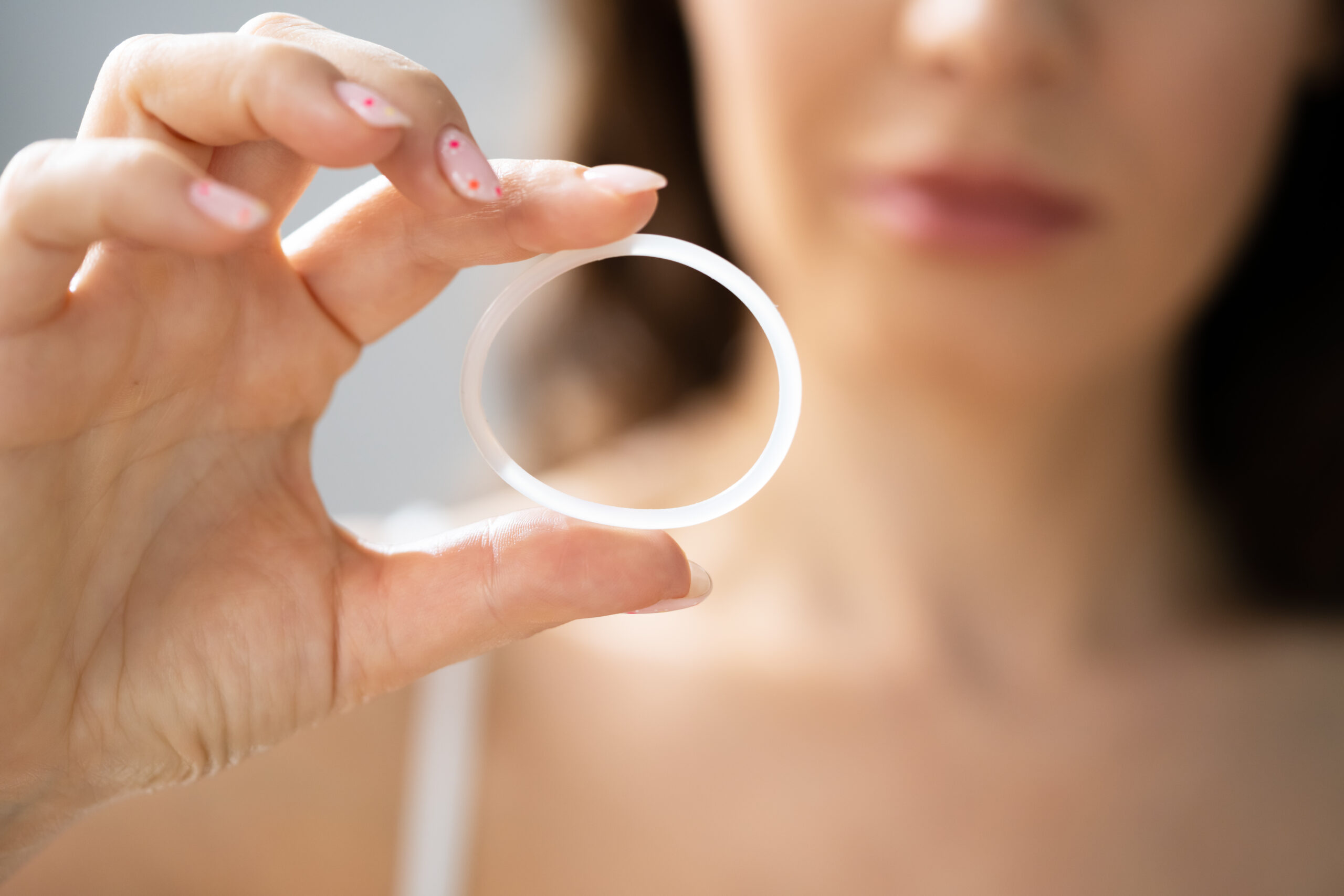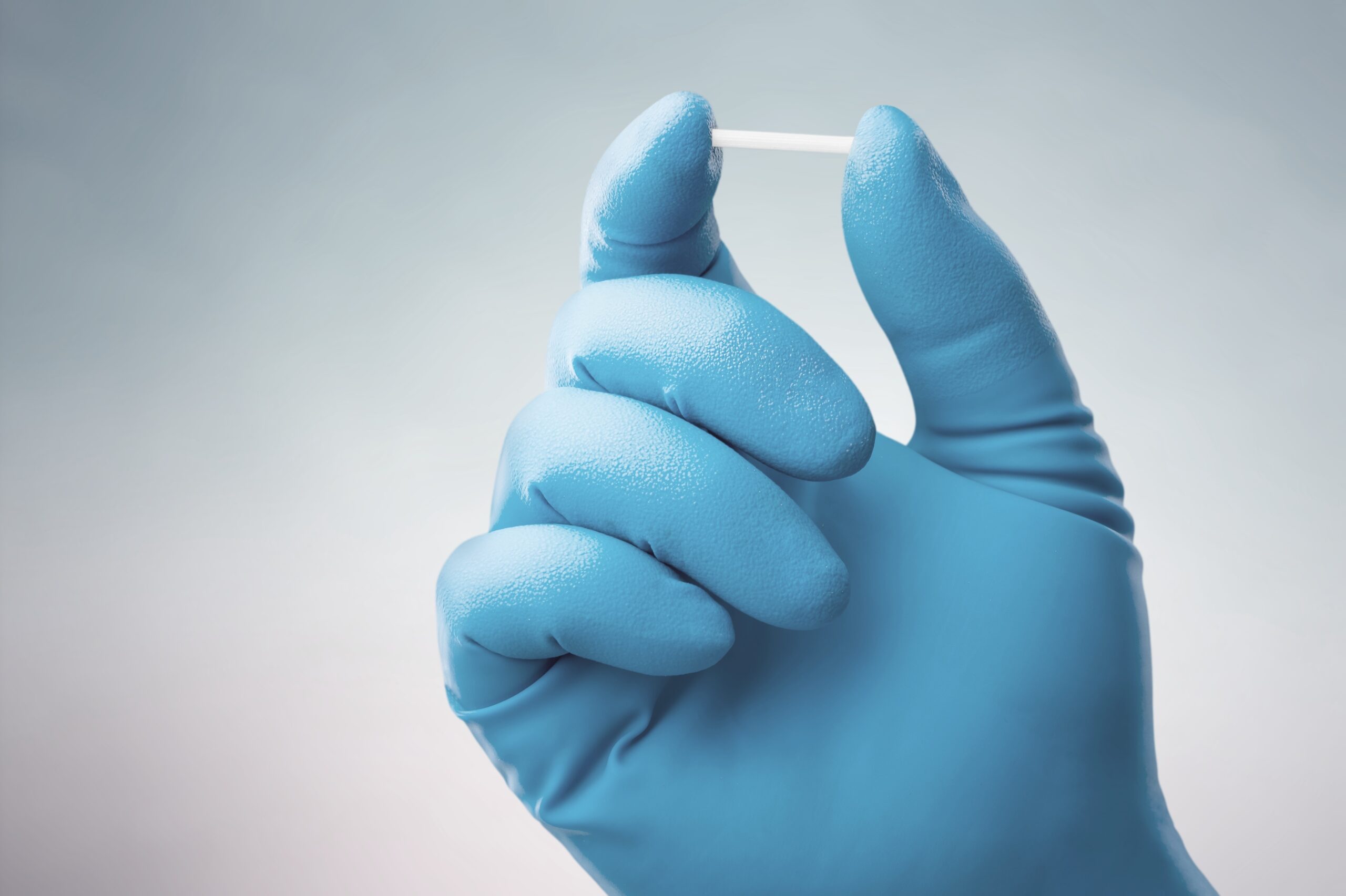prevention
We offer assistance with questions about contraception, whether hormonal, non-hormonal or in the event of an emergency contraceptive failure.
Hormonal contraceptive methods Methods such as pills, vaginal rings, hormonal implants, and hormonal IUDs are used for contraception as well as for medical reasons in specific conditions, such as endometriosis. With almost 15 years of experience, we always provide personalized advice and also specialize in the treatment of PCOS and endometriosis.
One hormone-free contraception Many women desire this option. Various options are available, including copper IUDs, copper chains (Gynefix), and the copper beaded intrauterine device (IUB). We will discuss your individual options and expectations with you after a preliminary examination and ultrasound.
We believe in this individual approach because “one size fits all” does not lead to satisfied patients.
Hormone-free contraception
Copper chain - Gynefix
The GyneFix copper chain is a further development of the copper IUD for women of all ages, making it a modern, hormone-free contraceptive method that doesn't interfere with a woman's natural cycle. It is inserted into the uterine cavity like a conventional IUD and provides long-term, reliable contraceptive protection. It is also suitable for long-term contraception in young women who have not yet given birth. The principle and mode of action of the GyneFix copper chain are similar to those of the copper IUD and other IUD models.
The GyneFix copper chain is the first frameless intrauterine device (IUD) and offers a high level of comfort for women due to its small size, slim design and flexibility.
anchoring
The unique feature of the GyneFix copper chain lies in its unique anchoring technology, positioned directly at the upper end of the uterus. This ensures that the GyneFix copper chain is securely fixed, yet can flexibly adapt to the shape of the uterus. Slippage or misalignment, as with traditional IUDs, are therefore theoretically impossible with the GyneFix copper chain. Furthermore, the anchoring of the GyneFix copper chain is equipped with a tiny metal element that is easily visible on ultrasound. This allows us to conveniently check the correct position immediately after insertion, offering you greater security.
It is important that the uterine wall is sufficiently thick, which we check during the preliminary examination using ultrasound.
Inserting the copper chain takes a few minutes. The anchoring procedure varies in intensity. Therefore, we are happy to offer the implantation under sedation/anesthesia in our practice. Pain relief is achieved with appropriate medication under the supervision and supervision of an anesthesiologist.
Gynfix copper chain as emergency contraception
The copper chain, like other copper IUDs, acts as an implantation inhibitor. Studies show that copper IUDs are very effective as emergency contraception and can be used up to five days after unprotected intercourse. Further information and a demonstration video can be found here.
Cost
An important aspect that should be clarified beforehand is the cost of inserting the GyneFix copper chain. Considering the potential five-year wear period, the effective monthly costs are comparatively low. The insertion of the GyneFix copper chain and all associated procedures are typically private services. Please clarify in advance with your health insurance provider or benefits agency whether coverage is possible.
Gynefix at a glance
-
-
- GyneFix offers effective contraceptive protection for up to 5 years
- GyneFix offers a high level of contraceptive reliability with a Pearl Index of 0.1 – 0.5
- GyneFix acts locally in the uterus
- GyneFix is a unique frameless IUD and therefore particularly well tolerated
- GyneFix protects against errors in contraception
- GyneFix is also suitable for very young women suitable for contraception
- GyneFix is suitable for emergency contraception and can prevent unwanted pregnancy up to five days after unprotected sex
- Gynefix is free of hormones
-
Copper bead ball - IUB - Ballerina
The IUB or copper bead ball (IUB stands for Intra Uterin Ball) is a relatively new hormone-free contraceptive method. The ball is inserted into the uterine cavity like any other IUD or Gynefix. According to the manufacturer, it protects against pregnancy for five years. The copper ball can be removed at any time, allowing any desire to have children to be pursued.
How does the IUB copper ball work
Similar to the Gynefix copper chain, the IUB copper ball is inserted into the uterus. The constant release of copper ions reduces sperm motility, thus preventing fertilization of the egg. The copper ions are also said to provide protection against bacterial infections. The IUB copper ball is hormone-free and does not affect a woman's natural hormone production. The copper ball is very flexible and adapts to the shape of the uterus. The manufacturer uses a technology that is very familiar in medicine from other implants, such as stents.
Structure of the IUB copper ball
The copper ball consists of 17 copper beads and is very flexible. It adapts to the individual shape of the uterus, preventing irritation and injury. At the end of the copper ball are two polyamide threads designed to retrieve the copper ball.
Advantages of the copper ball at a glance
-
-
- High security
- 5 years of effectiveness without having to remember to take a pill
- Good tolerability with rare side effects
- Small and flexible
- High wearing comfort – can be used by women of all ages, even by young women with a small uterus
- Easy removal
- No influence on the cycle by synthetic hormones
- Immediate restoration of fertility after removal
-
Copper spiral - T-shape / Omega shape
The copper IUD is a hormone-free contraceptive. It is ideally inserted into the uterus during menstruation. Depending on the model, it can remain in place for three to ten years. Removal is ideally performed during menstruation. Its effect is based on the release of copper ions and the inhibition of implantation by the foreign body, the IUD. The copper ions limit the mobility and fertility of sperm, thus inhibiting implantation in the uterine lining.
General information
The insertion of an IUD is a physical procedure and requires a detailed medical history, clinical examination including vaginal ultrasound, and individual counseling with risk information.
Hormone-free contraceptive methods and the insertion of copper IUDs, copper chains, and balls are one of our practice's specialties. We would be happy to provide you with comprehensive advice. In our practice, insertion can also be performed under analgesic sedation (twilight sleep), which is pain- and stress-free.
Hormonal contraception
There are many different contraceptive options. The pill is certainly still the prototype of hormonal contraception. In recent decades, it has become increasingly clear that the pill is not the optimal contraceptive for every woman. In our view, the selection of the right contraceptive should consider the whole woman, including her individual and familial risk profile. We are happy to take the necessary time for a comprehensive medical history, examination, and consultation. Contraception must fit into your life and suit you; therefore, it must be tailored to your needs.
Established hormonal contraceptive methods
- Monophasic combination preparations
- Step preparations
- Sequence preparations
- Mini-pill
- Three-month injection
- vaginal ring
- Hormonal IUD (including Mirena, Jaydess, Kyleena)
- Contraceptive rod (upper arm implant) Implanon
- Contraceptive patch
Emergency contraception
Morning-after pill or what to do if contraception fails after ovulation?
First things first: There's always a way out. Even in cases of contraception failure! Unprotected sex, a broken condom, a slipped diaphragm – there are numerous situations in which contraception doesn't work as planned. You don't intentionally cause such a situation. But it happens. What follows is always the same. Women all over the world face the question: "Could I be pregnant?" However, this question cannot be answered immediately after unprotected sex! Nevertheless, with medical help, it is possible to largely rule out an unwanted pregnancy. The "morning-after pill" is not the only treatment option.
morning-after pill
The morning-after pill is only an option before ovulation. Therefore, individual medical advice is an important part of this emergency contraceptive method. Avoid unnecessary hormonal stress on your body by consulting a doctor beforehand.
After-coil / after-coil (IUD)
After ovulation, the use of a copper IUD or copper chain as an emergency contraceptive option should be discussed on an individual basis. Further details can be found at: https://www.spiraledanach.de.


